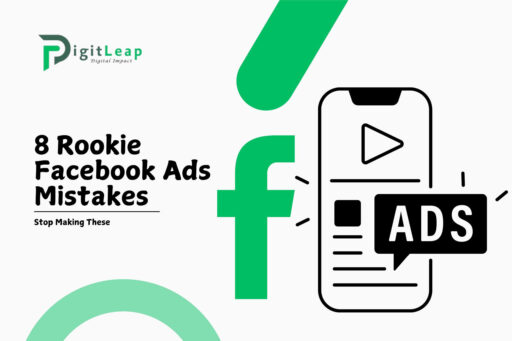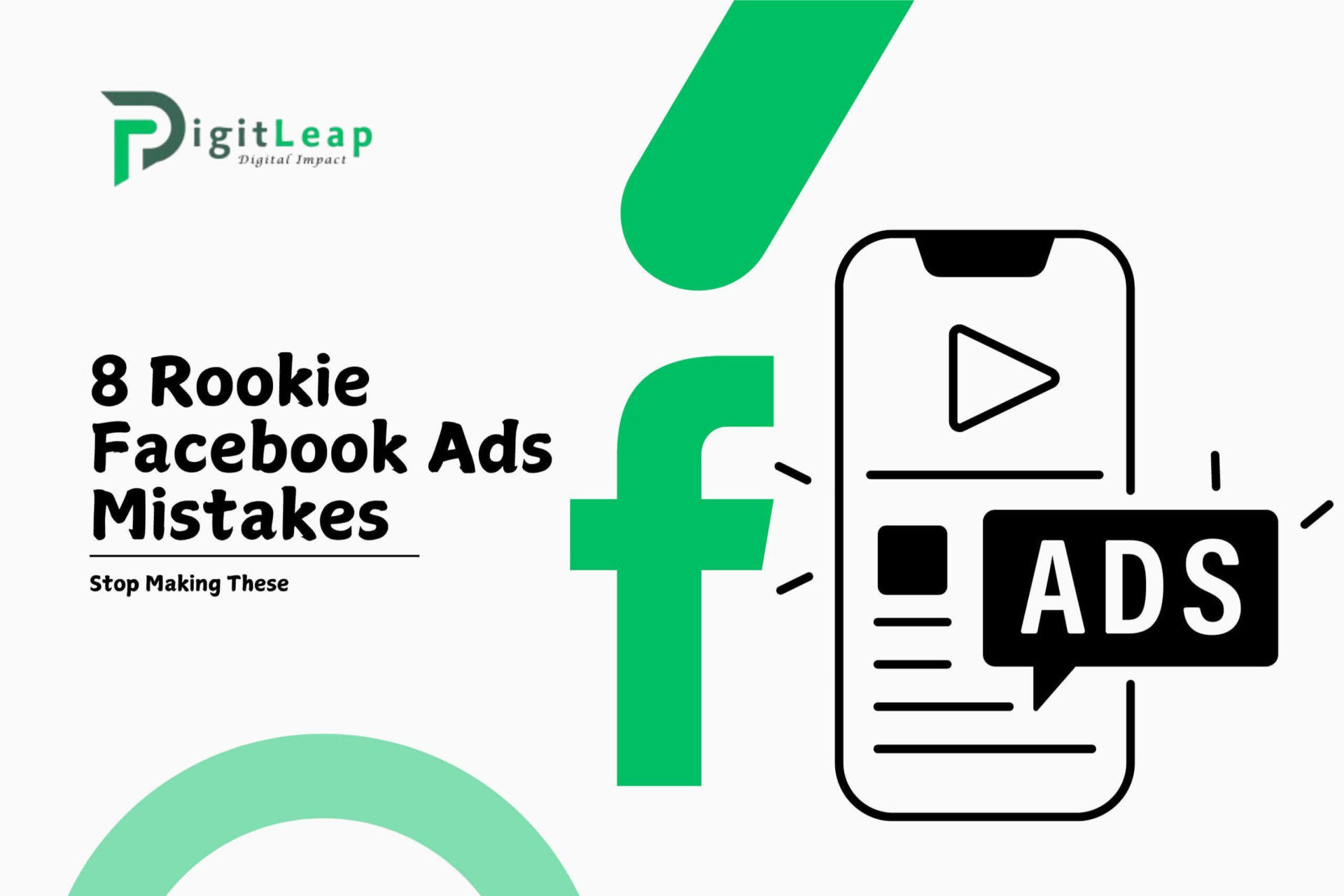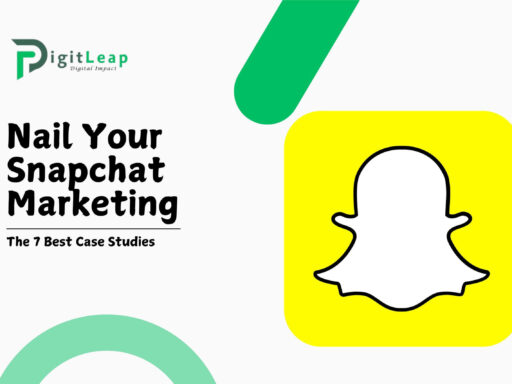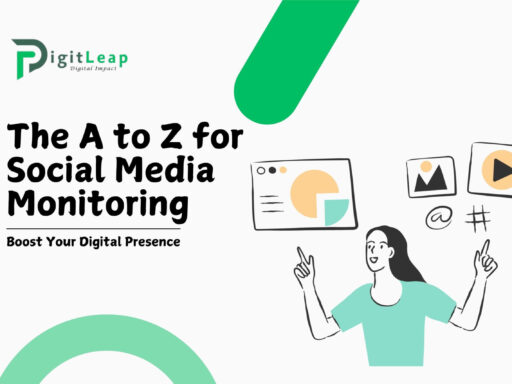Stop Making These 8 Rookie Facebook Ads Mistakes
Facebook Ads can be a powerful tool for reaching new audiences and growing your business. However, running successful Facebook ads isn’t as easy as it might seem. Without a clear strategy and knowledge of best practices, you may be making rookie mistakes that drain your budget and reduce your ad effectiveness. Let’s take a closer look at eight common mistakes people make with Facebook Ads and how to avoid them to maximize your results and achieve a higher return on investment.
1. Not Defining a Clear Goal for Your Ad
One of the most common mistakes beginners make is not setting a clear objective for their ad campaigns. Facebook offers several campaign goals, such as brand awareness, engagement, lead generation, and conversions. Each goal optimizes the ad differently, meaning your chosen objective affects who sees your ad and how it performs. Without a defined goal, it’s challenging to measure success or know if your ad is achieving what you want. To avoid this mistake, start every campaign by defining a specific goal and ensure all elements of the ad align with it.
2. Targeting Too Broad an Audience
While it’s tempting to target as many people as possible, casting too wide a net often leads to poor results. Facebook allows highly specific targeting options, letting you choose based on demographics, interests, behaviors, and more. When you target a broad audience, your message can get lost because it doesn’t resonate with everyone. Instead, narrow your audience to people who are most likely interested in your product or service. By focusing on a specific group, your ads will reach those who are more likely to engage and convert.
3. Ignoring the Power of Facebook’s Pixel
The Facebook Pixel is an invaluable tool for tracking, optimizing, and measuring the effectiveness of your ads. Yet, many new advertisers overlook it. The Pixel tracks user actions on your website and allows you to retarget people who visited your site but didn’t complete an action, like making a purchase. Without the Pixel, you’re missing out on critical data that can help improve your ad strategy. To avoid this mistake, make sure to install the Facebook Pixel on your website before launching ads, and use it to track valuable user data for future campaigns.
4. Using Weak or Generic Ad Copy
Ad copy is one of the most crucial parts of any Facebook ad. If your copy doesn’t grab attention or speak directly to your audience, your ad will struggle to perform. Common mistakes include using generic phrases like “Buy now!” or “Check us out!” Instead, focus on benefits, be specific, and address your audience’s needs or pain points. Write in a conversational tone, create a sense of urgency, and add a call-to-action (CTA) that guides the viewer toward the desired action.
5. Overlooking the Importance of Visuals
Facebook is a visual platform, so the quality of your images or videos directly impacts ad performance. Low-quality or irrelevant visuals can make users scroll right past your ad. Make sure your visuals are high-quality, relevant to your message, and tailored for mobile viewing, as most Facebook users are on mobile. If you’re using images, consider adding short text overlays to reinforce the message. For video ads, capture attention within the first few seconds and keep the videos short to increase the chances of users watching through to the end.
6. Failing to Test Different Ad Variations
Another rookie mistake is running a single ad without testing different variations. A/B testing, or split testing, is essential to finding out what resonates best with your audience. This process involves creating multiple versions of your ad, each with slight differences, such as alternate headlines, images, or CTAs. By comparing results, you’ll gain insights into what works best and can use that information to optimize future campaigns. Without testing, you’re missing an opportunity to improve ad performance and achieve better results.
7. Neglecting to Optimize for Mobile Users
With the majority of Facebook users accessing the platform via mobile devices, failing to optimize your ads for mobile is a costly oversight. Ensure that your images, videos, and landing pages are mobile-friendly. Text should be easy to read, visuals should load quickly, and CTA buttons should be easily clickable on smaller screens. A poor mobile experience can lead to high bounce rates and missed conversions, so always preview your ads on mobile to see how they appear to users on smartphones and tablets.
8. Not Monitoring or Adjusting Your Campaigns
Running an ad campaign without regular monitoring is a common error that can lead to wasted budgets. Facebook’s ad platform provides valuable data on performance metrics, such as click-through rate, cost per click, and conversion rate. Reviewing these metrics frequently lets you see what’s working and what isn’t, so you can adjust your campaign accordingly. Whether it’s pausing underperforming ads, reallocating budget, or tweaking targeting settings, actively managing your campaign ensures you get the most from your ad spend.
Conclusion
Avoiding these common Facebook Ads mistakes can help you create more effective campaigns that connect with the right audience and achieve real results. At Digit Leap, we understand the ins and outs of successful ad campaigns. Our team is here to help you optimize your strategy, avoid rookie mistakes, and achieve your business goals on Facebook. Partner with us to elevate your digital marketing efforts and ensure your ad spend drives the growth you’re looking for






